43 label encoder in python
Label Encoding in Python - Javatpoint The sklearn library of Python offers users pre-defined functions in order to work with Label Encoding on the dataset. Syntax: from sklearn import preprocessing obj = preprocessing.LabelEncoder () As we can observe, we have created an object of the LabelEncoder class and then use the object to apply the label encoding to the data. Label Encoding in Python - Shishir Kant Singh In label encoding in Python, we replace the categorical value with a numeric value between 0 and the number of classes minus 1. If the categorical variable value contains 5 distinct classes, we use (0, 1, 2, 3, and 4).
Label Encoding of datasets in Python - Prutor Online Academy (developed ... Label Encoding refers to converting the labels into numeric form so as to convert it into the machine-readable form. Machine learning algorithms can then decide in a better way on how those labels must be operated. It is an important pre-processing step for the structured dataset in supervised learning. Example :

Label encoder in python
Python LabelEncoder Examples, sklearnpreprocessing.LabelEncoder Python ... Python LabelEncoder - 30 examples found. These are the top rated real world Python examples of sklearnpreprocessing.LabelEncoder extracted from open source projects. You can rate examples to help us improve the quality of examples. sklearn.preprocessing.LabelEncoder Encode target labels with value between 0 and n_classes-1. This transformer should be used to encode target values, i.e. y, and not the input X. Read more in the User Guide. New in version 0.12. Attributes: classes_ndarray of shape (n_classes,) Holds the label for each class. See also OrdinalEncoder Label Encoding in Python Explained - Great Learning Label Encoding In label encoding in Python, we replace the categorical value with a numeric value between 0 and the number of classes minus 1. If the categorical variable value contains 5 distinct classes, we use (0, 1, 2, 3, and 4). To understand label encoding with an example, let us take COVID-19 cases in India across states.
Label encoder in python. Label encoding of datasets in Python - CodeSpeedy The drawback of using Label Encoding. As we have seen, Label encoding assigns a new number starting from 0 to every distinct value. Now the problem with this method is that in a machine learning model, values with greater numerical value can have a greater significance which may lead to inaccuracies in our model. To solve this problem we can ... How to Perform Label Encoding in Python (With Example) You can use the following syntax to perform label encoding in Python: from sklearn.preprocessing import LabelEncoder #create instance of label encoder lab = LabelEncoder () #perform label encoding on 'team' column df ['my_column'] = lab.fit_transform(df ['my_column']) The following example shows how to use this syntax in practice. 初學Python手記#3-資料前處理( Label encoding、 One hot encoding) Label encoding程式碼如下: from sklearn.preprocessing import LabelEncoder labelencoder = LabelEncoder () data_le=pd.DataFrame (dic) data_le ['Country'] = labelencoder.fit_transform (data_le ['Country'])... Custom Label encoding in python - MLP Technologies Custom Label encoding in python - MLP Technologies by timontunes on August 13, 2021 Label encoding is one of the basic methods in Machine Learning to convert categorical columns into Numerical columns - which only then can be used for training models But when we fit label encoders available in sklearn library - we try to save them as objects
ML | Label Encoding datasets in Python - python.engineering label_encoder = preprocessing.LabelEncoder () # Encode labels in the views column. df [ 'species' ] = label_encoder.fit_transform (df [ 'species' ]) df [ 'species' ]. unique () Exit: array ( [0, 1, 2], dtype = int64) Label constraint Encoding labelencoder sklearn | labelencoder scikit The ML is between the labelEncoder and one of Hot Encoder. The encoders are scikit library in python and used to convert the data and text data. The variables are into categorical variables and vice versa.The task performed is model training and require data to be encoded in numerical format. Python LabelEncoder.inverse_transform Examples Python LabelEncoder.inverse_transform - 30 examples found. These are the top rated real world Python examples of sklearnpreprocessing.LabelEncoder.inverse_transform extracted from open source projects. You can rate examples to help us improve the quality of examples. Ordinal Encoding in Python - KoalaTea Using a Label Encoder in Python. To encode our cities, turn them into numbers, we will use the OrdinalEncoder class from the category_encoders package. We first create an instance of the class. We need to pass the cols it will encode cols = ['shirts'] and we can also pass a mapping which will tell the encoder the order of our categories. The mapping is optional, but allows us to control the order.
python - Is there method to save dict of Labelencoder for inference ... Typically you'd serialise your LabelEncoder e.g. like this. You could also use pickle or joblib modules (I'd advise the latter). Code: import joblib joblib.dump (label_encoder, 'label_encoder.joblib') label_encoder = joblib.load ('label_encoder.joblib') Categorical Encoding | One Hot Encoding vs Label Encoding Mar 6, 2020 — Label Encoding is a popular encoding technique for handling categorical variables. In this technique, each label is assigned a unique integer ... Label encoding | Python Machine Learning Cookbook - Second Edition - Packt This package contains various functions that are needed for data preprocessing. To encode labels with a value between 0 and n_classes -1, the preprocessing.LabelEncoder () function can be used. Let's define the label encoder, as follows: >> label_encoder = preprocessing.LabelEncoder () Guide to Encoding Categorical Values in Python - Practical Business Python Label encoding is simply converting each value in a column to a number. For example, the body_style column contains 5 different values. We could choose to encode it like this: convertible -> 0 hardtop -> 1 hatchback -> 2 sedan -> 3 wagon -> 4 This process reminds me of Ralphie using his secret decoder ring in "A Christmas Story"
Python Examples of sklearn.preprocessing.LabelEncoder - ProgramCreek.com The default value is True, since most NLP problems involve sparse feature sets. Setting this to False may take a great amount of memory. :type sparse: boolean. """ self._clf = estimator self._encoder = LabelEncoder() self._vectorizer = DictVectorizer(dtype=dtype, sparse=sparse) Example 3.
Label Encoding in Python - Machine Learning - PyShark LabelEncoder () correctly order the values in " Position " feature and generated the corresponding numerical values in the following sequence: Assistant Manager, Customer Service, Director, Manager. pandas method df ['code'] = pd.factorize (df ['Position'], sort=True) [0]
Categorical encoding using Label-Encoding and One-Hot-Encoder Label Encoding in Python Using category codes approach: This approach requires the category column to be of 'category' datatype. By default, a non-numerical column is of 'object' type. So you might have to change type to 'category' before using this approach. # import required libraries import pandas as pd
Comparing Label Encoding And One-Hot Encoding With Python Implementation In Python, label encoding can be done with the help of the Sklearn library. We used label encoder for specifically two columns or class which are "sex" and "embarked". After appling label encoder we can notice that in embarked class C, Q and S are assumed as 0,1 and 2 respectively while the male and female in sex class is assumed as 1 ...
Ordinal label encoder of categorical variables ~ All About Python Label encoder is the most simple methodology, which convert the categorical values into numbers without any order requirement. Suppose we have a pandas data frame with a categorical variable - "cat" and the target variable - "target". The following code snippet will label each unique values into a number. The benefit comparing to the sklearn ...
Label Encoding in Python - A Quick Guide! - AskPython Python sklearn library provides us with a pre-defined function to carry out Label Encoding on the dataset. Syntax: from sklearn import preprocessing object = preprocessing.LabelEncoder () Here, we create an object of the LabelEncoder class and then utilize the object for applying label encoding on the data. 1. Label Encoding with sklearn
LabelEncoder Example - Single & Multiple Columns - Data Analytics LabelEncoder is used in the code given below. Python apply method is used to achieve this. 1 2 3 4 5 6 7 8 9 cols = ['workex', 'status', 'hsc_s', 'degree_t'] # # Encode labels of multiple columns at once # df [cols] = df [cols].apply (LabelEncoder ().fit_transform) # # Print head # df.head () This is what gets printed.
ML | Label Encoding of datasets in Python - GeeksforGeeks label_encoder = preprocessing.LabelEncoder () df ['species']= label_encoder.fit_transform (df ['species']) df ['species'].unique () Output: array ( [0, 1, 2], dtype=int64) Limitation of label Encoding Label encoding converts the data in machine-readable form, but it assigns a unique number (starting from 0) to each class of data.
Label Encoder and OneHot Encoder in Python | by Suraj Gurav | Towards ... Let me show you how Label encoding works in python with the same above example, from sklearn.preprocessing import LabelEncoder le = LabelEncoder () df ["labeled_continent"] = le.fit_transform (df ["continent"]) df the labels in column continent will be converted into numbers and will be stored in the new column — labeled_continent
Label Encoding in Python - KoalaTea Using a Label Encoder in Python. To encode our cities, turn them into numbers, we will use the LabelEncoder class from the sklearn.preprocessing package. We first create an instance of the class, then we use the fit_transform method to encode our variables.
Traitement des catégories — papierstat - Xavier Dupré from sklearn.preprocessing import LabelEncoder LabelEncoder().fit_transform(df['cat_int']). array([0, 1, 0, 2, 0, 0, 3], dtype=int64).
Categorical Data Encoding with Sklearn LabelEncoder and ... - MLK We will then understand and compare the techniques of Label Encoding and One Hot Encoding and finally see their example in Sklearn. ... (Scikit Learn) in Python. Here, we have illustrated end-to-end examples of both by using a dataset to build a Linear Regression model. We also did the comparison of label encoding vs one hot encoding.
Label Encoding in Python Explained - Great Learning Label Encoding In label encoding in Python, we replace the categorical value with a numeric value between 0 and the number of classes minus 1. If the categorical variable value contains 5 distinct classes, we use (0, 1, 2, 3, and 4). To understand label encoding with an example, let us take COVID-19 cases in India across states.
sklearn.preprocessing.LabelEncoder Encode target labels with value between 0 and n_classes-1. This transformer should be used to encode target values, i.e. y, and not the input X. Read more in the User Guide. New in version 0.12. Attributes: classes_ndarray of shape (n_classes,) Holds the label for each class. See also OrdinalEncoder
Python LabelEncoder Examples, sklearnpreprocessing.LabelEncoder Python ... Python LabelEncoder - 30 examples found. These are the top rated real world Python examples of sklearnpreprocessing.LabelEncoder extracted from open source projects. You can rate examples to help us improve the quality of examples.



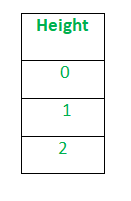

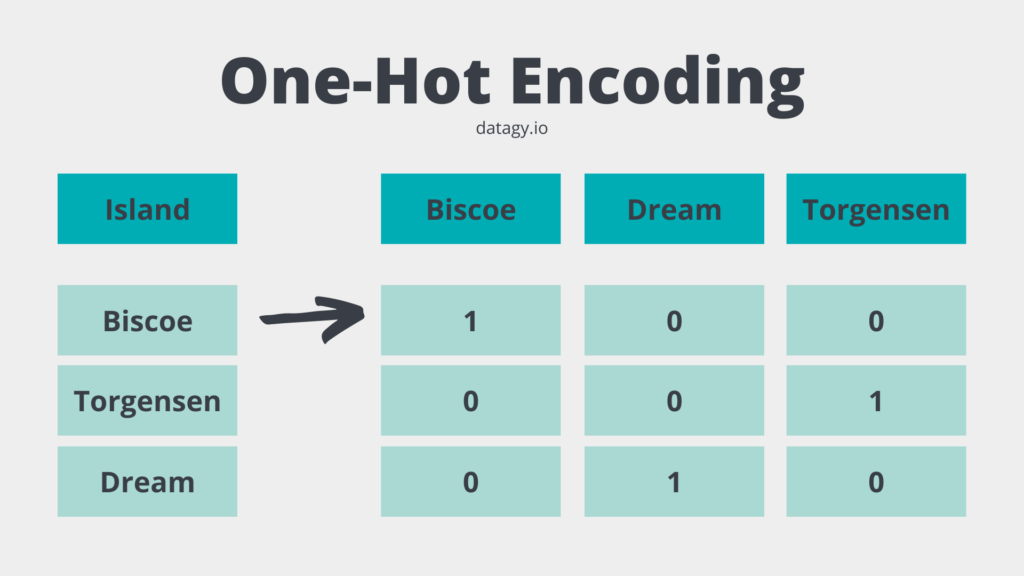




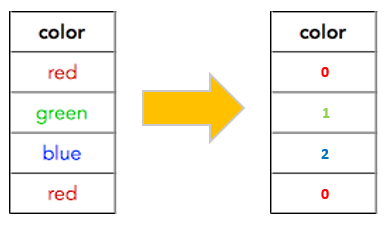
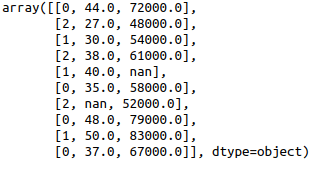

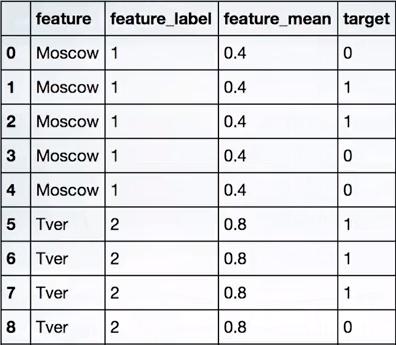




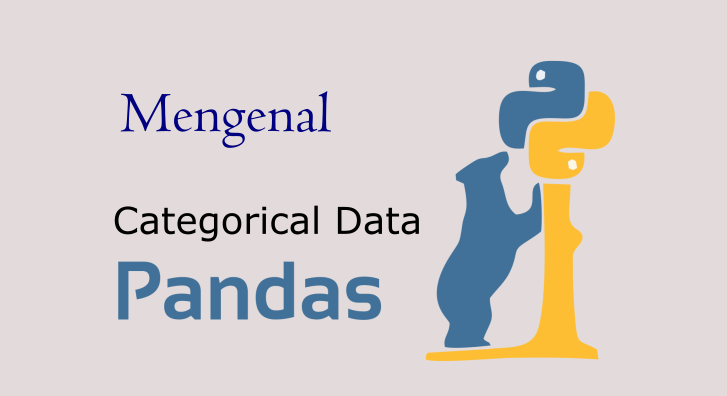












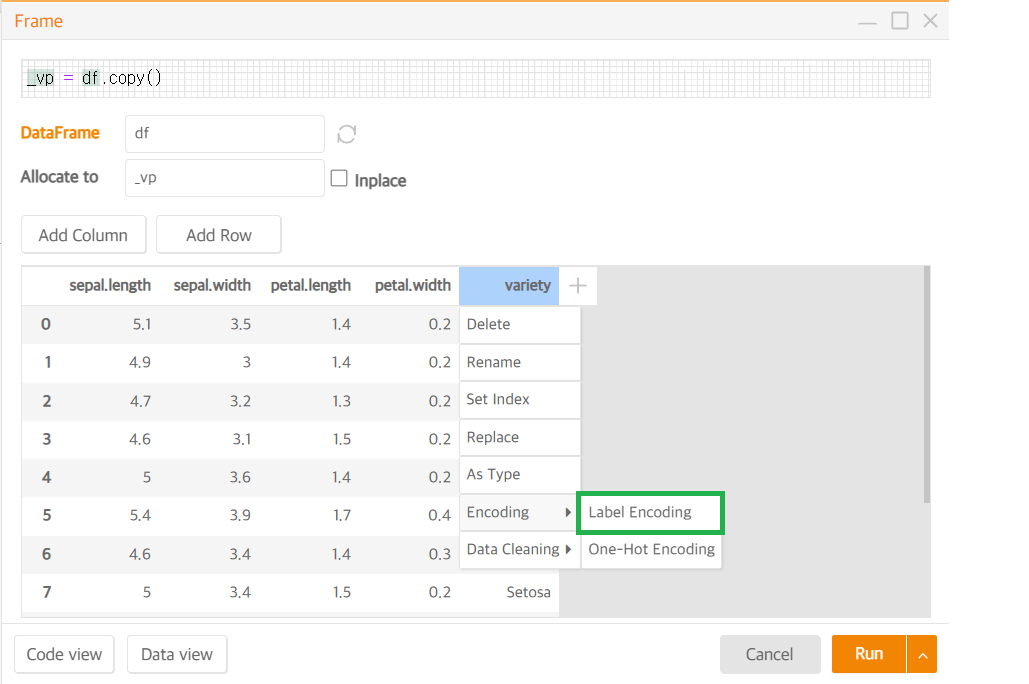




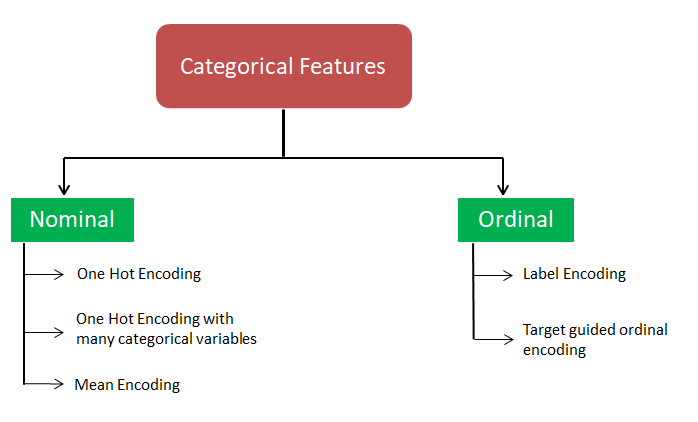
Post a Comment for "43 label encoder in python"